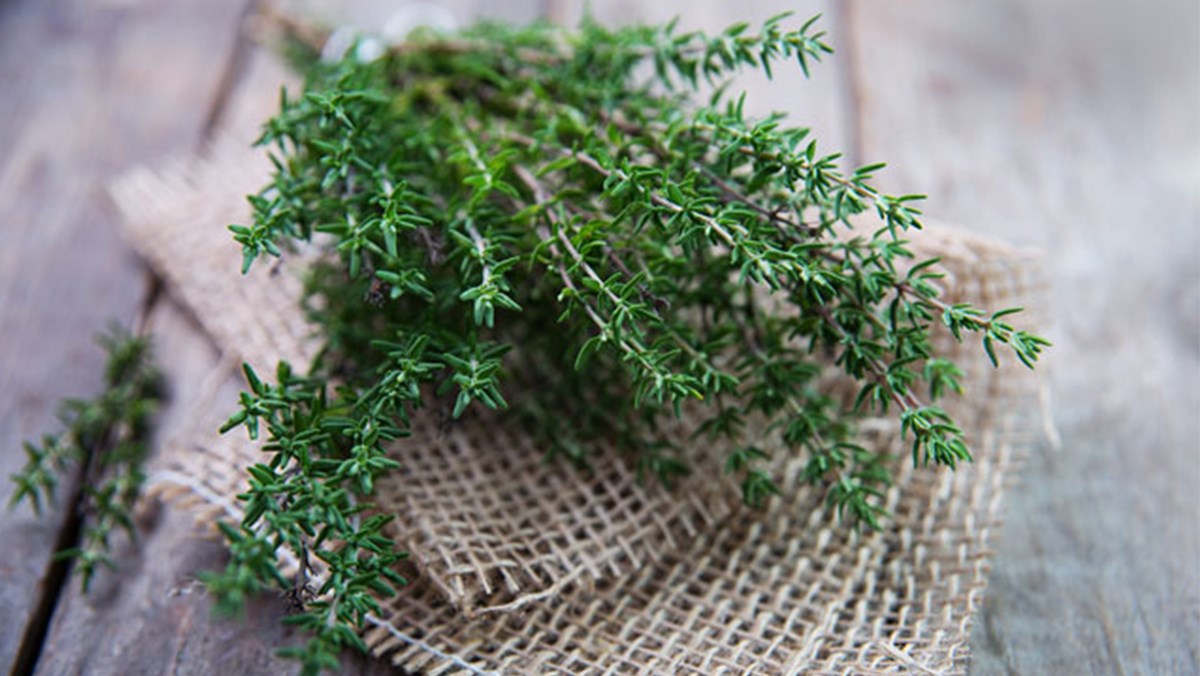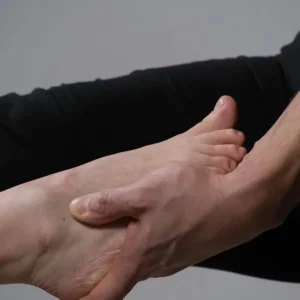
Thyme, from the mint family, originally comes from the Mediterranean.
Christine Ruggeri, a holistic health expert, says the ancient Egyptians used thyme for healing and embalming, while Greeks used it in baths and temples to inspire courage. In medieval Europe, thyme was placed under pillows to aid sleep and used at funerals to ensure safe passage.

The name “thyme” comes from the Greek word “thymos,” meaning “to perfume.”
There are over 300 thyme varieties, each with different essential oils like thymol and carvacrol. The plant’s growing location affects its oil composition. For beginners, Thymus vulgaris ct linalool is best—gentle and safe for all ages.
Other common types include thymol, carvacrol, and thujanol varieties.
Thyme Chemotypes and Benefits:

- Thymol (60-70%): Strong antiseptic, antioxidant, anti-inflammatory, and pain relief.
- Linalool: Mild, antifungal, antiparasitic; found at high altitudes.
- Carvacrol (30-80%): Powerful anti-inflammatory, analgesic, antioxidant.
- 1,8-Cineole (80-90%): Expectorant, diuretic, pain reliever.
- Thujanol (~50%): Immune system support.
Overall Thyme Oil: Antibacterial, antifungal, antiviral, diuretic, antiseptic, antispasmodic; detoxifies, boosts immunity, kills microbes, promotes white blood cell production.
Health benefits of thyme include:

- Stimulates blood circulation to speed healing
- Enhances memory and focus
- Raises blood pressure
- Antibacterial action against staphylococcus and others
- Cleanses air from harmful bacteria (proteus, streptococci, cryptococci)
- Fights respiratory illnesses: coughs, colds, flu, bronchitis, sore throat, asthma, laryngitis
- Relieves physical and mental exhaustion: helps chronic fatigue, depression, insomnia, recovery
- Essential oil encourages mucus secretion and soothes dry coughs
Other uses include:
- Natural hand sanitizer and warm compress for pain, sprains, and injuries
- Relief for athlete’s foot and insect bites (when diluted)
- Hair tonic for healthier hair
- Mixed with oils like pine, lemon, and lavender to prevent skin irritation
- Treating nail fungus, candida, and vaginitis
- Fighting bladder and urinary tract infections
- Boosting DHA levels in brain, heart, and kidneys when consumed regularly
- Helping alopecia with a mix of essential oils massaged into the scalp
- Facial cleanser for acne and warts
- Added to baths for menstrual issues
- 1% antibacterial spray for fresh produce




